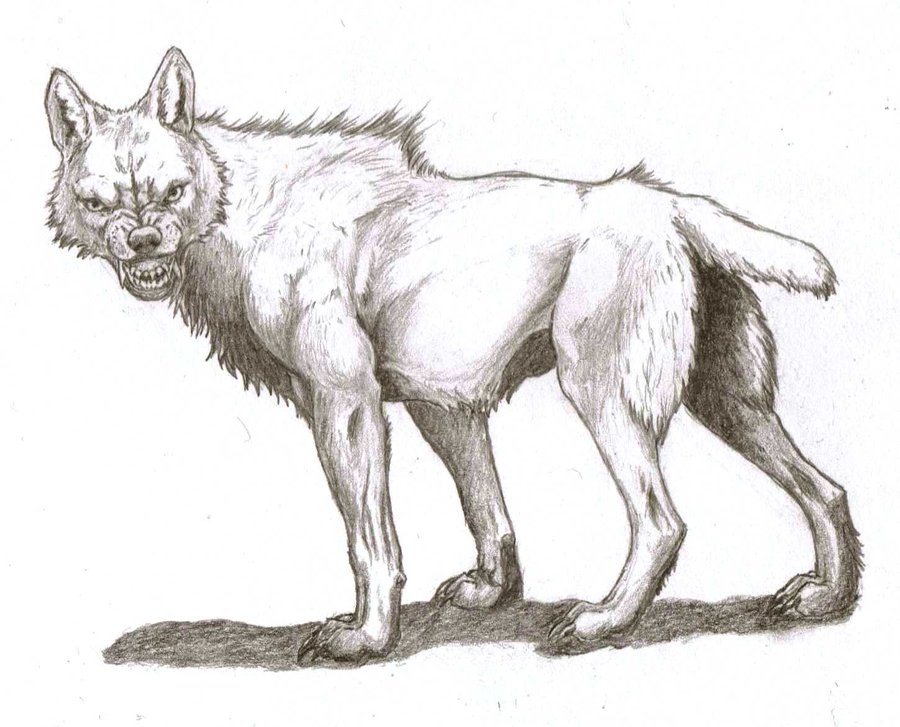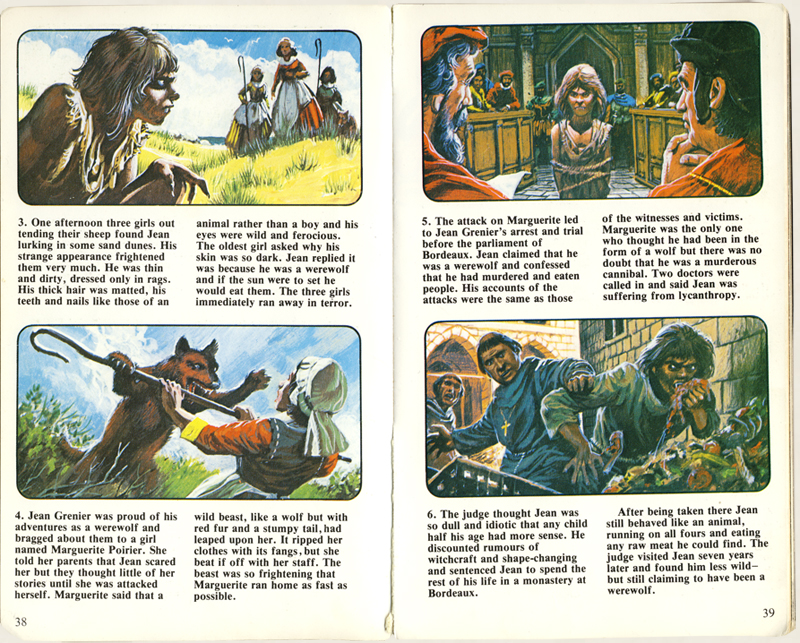Non-Existent Werewolf Boy and the Lord of the Forest(s) March 29, 2013
Author: Beach Combing | in : Modern , trackbackCharles Mackay’s Extraordinary Popular Delusions is a wonderful sources for witchery and bizarre history, but Mackay is a poor historian and, a bit like this blogger, references nothing. Take this passage that fascinated Beach.
One young man at Besançon, with the full consciousness of the awful fate that awaited him, voluntarily gave himself up to the commissioner Espaignel and confessed that he was the servant of a strong fiend, who was known by the name of ‘Lord of the Forests’. By his power, he was transformed into the likeness of a wolf. The ‘Lord of the Forests’ assumed the same shape, but was much larger, fiercer, and stronger. They prowled about the pastures together at midnight, strangling the watch-dogs that defended the folds, and killing more sheep than they could devour. He felt, he said, a fierce pleasure in these excursions, and howled in excess of joy as he tore with his fangs the warm flesh of the sheep asunder.
This is all very exciting – the Lord of the Forests?! – but where does Mackay get his source from? Apparently Walter Scott, Demonology a favourite book of Mackay. Here is the relevant paragraph.
Instances occur in De Lancre’s book of the trial and condemnation of persons accused of the crime of lycanthropy, a superstition which was chiefly current in France, but was known in other countries… The more incredulous reasoners would not allow of a real transformation, whether with or without the enchanted hide of a wolf, which in some cases was supposed to aid the metamorphosis, and contended that lycanthropy only subsisted as a woeful species of disease, a melancholy state of mind, broken with occasional fits of insanity, in which the patient imagined that he committed the ravages of which he was accused. Such a person, a mere youth, was tried at Besançon, who gave himself out for a servant, or yeoman pricker, of the Lord of the Forest – so he called his superior – who was judged to be the devil. He was, by his master’s power, transformed into the likeness and performed the usual functions of a wolf, and was attended in his course by one larger, which he supposed the Lord of the Forest himself. These wolves, he said, ravaged the flocks, and throttled the dogs which stood in their defence. If either had not seen the other, he howled, after the manner of the animal, to call his comrade to his share of the prey; if he did not come upon this signal, he proceeded to bury it the best way he could.
And where does Scott get this from? He implies – directly, indirectly… – from Pierre De Lancre (obit 1631) whose Tableau de l’inconstance des mauvais anges et demons (1612), was a suprisingly tedious seventeenth-century witch-hunting classic. And, in fact, a quick skim through that book this morning led us to an account, meshed together with extensive classical and patristic quotations (293-294). De Lancre tells us of a garçon who rode out with the Lord of the Forests, (Monsieur de la Forest, singular) and who was, in fact, Jean Grenier from south-western France, on the other side of the country from Besançon. Grenier was a young man who walked the night as a wolf before being tried and sentenced to life in a monastery in the early seventeenth century: we’ve included a comic book account below. De Lancre met Grenier in 1610 in the monastery and used him as the basis for much of his reflections on werewolves. Scott seems to have misread De Lancre though. De Lancre compares the events of Grenier’s life with a famous trial at Besançon in 1521. In other word Mackay’s account is a corrupted version of Scott’s corrupted reading of De Lancre, which accidentally saw two cases merged together. Now every werewolf site on the web reports the story of the young man who was burnt at Besançon and who worked together with the Lord of the Forest. The reference to the lord of the forest remains but given the Grenier case, we are likely dealing with a quirk of mental health not underground paganism. Any other thoughts: drbeachcombing AT yahoo DOT com




